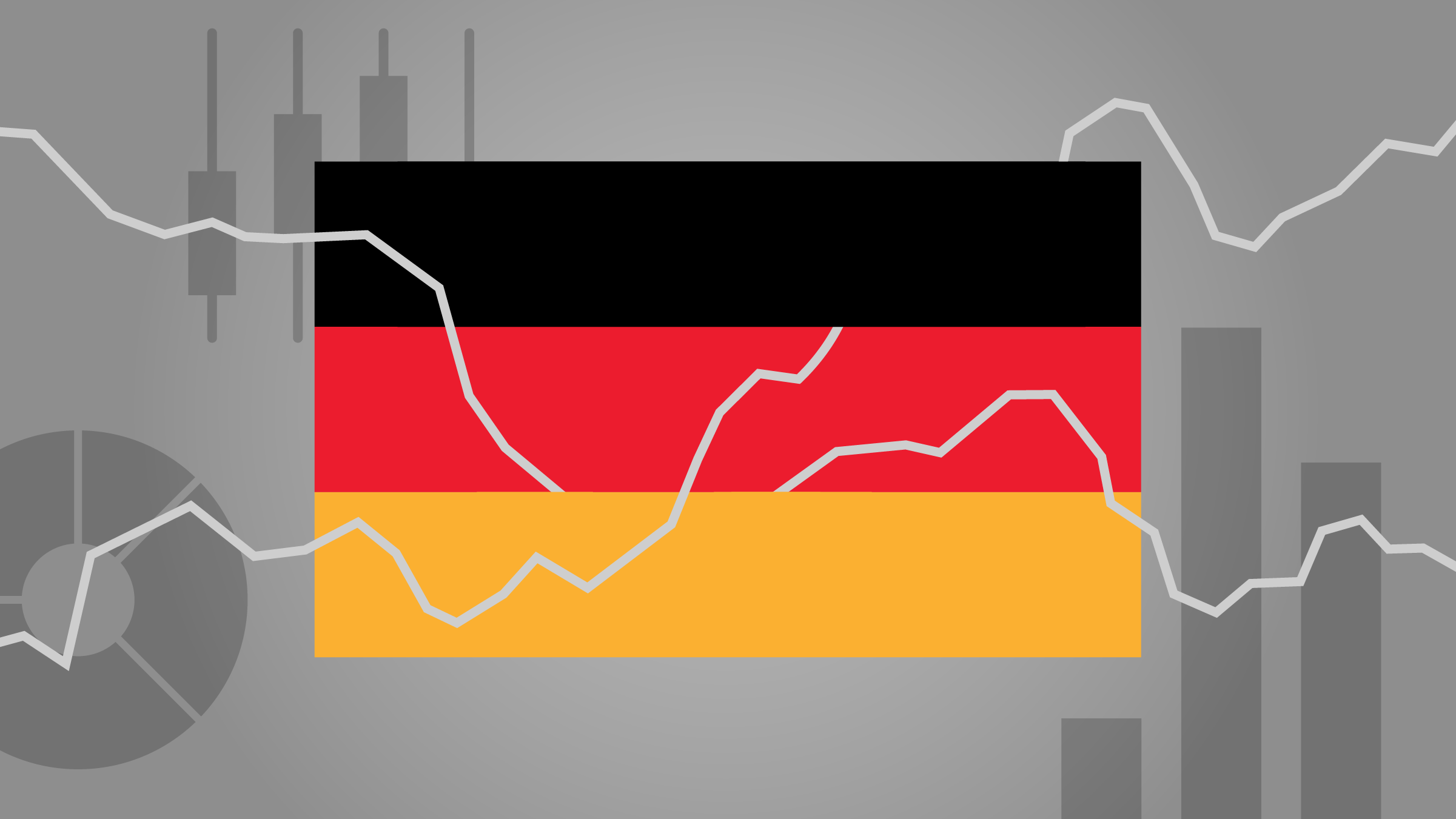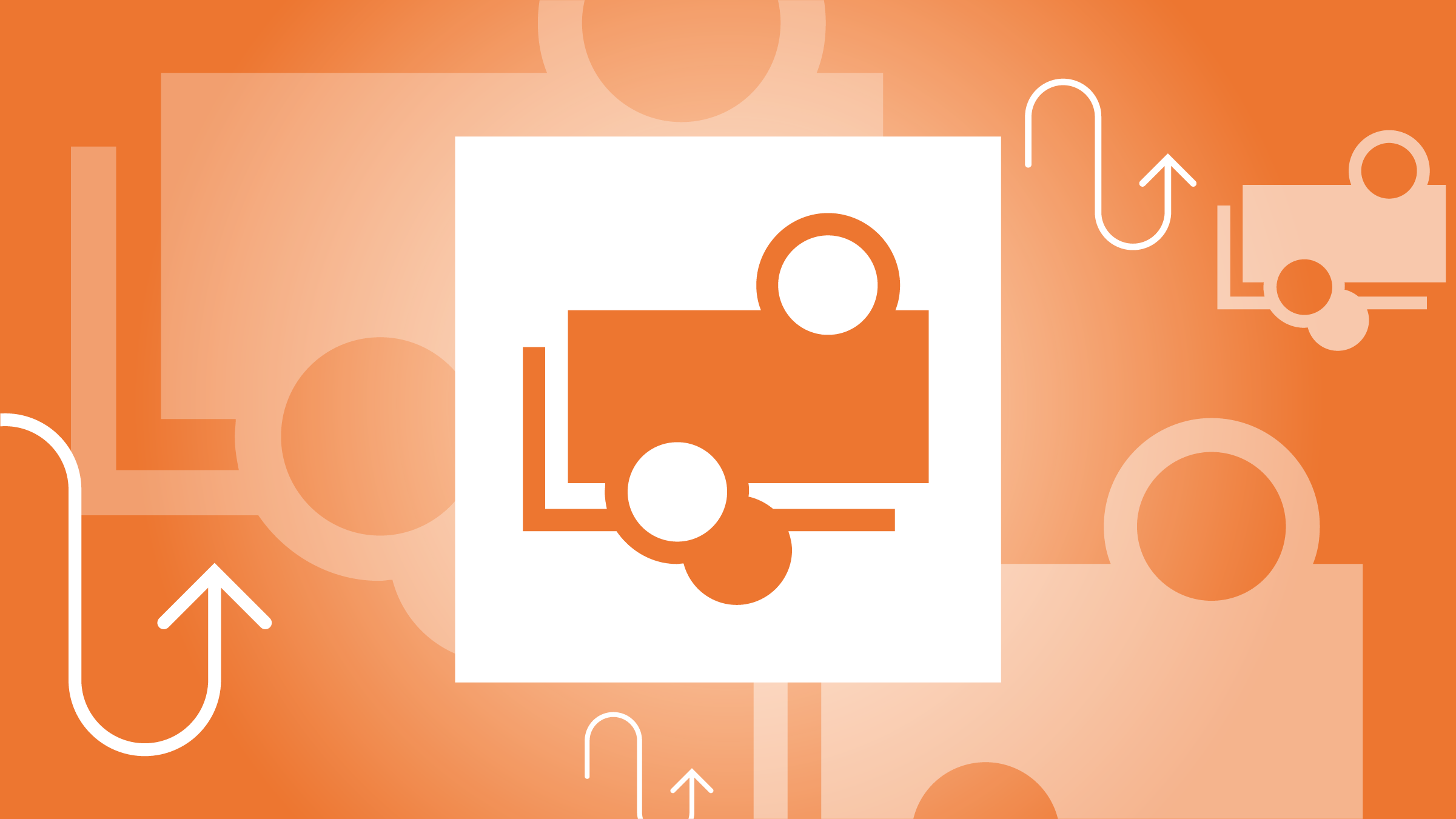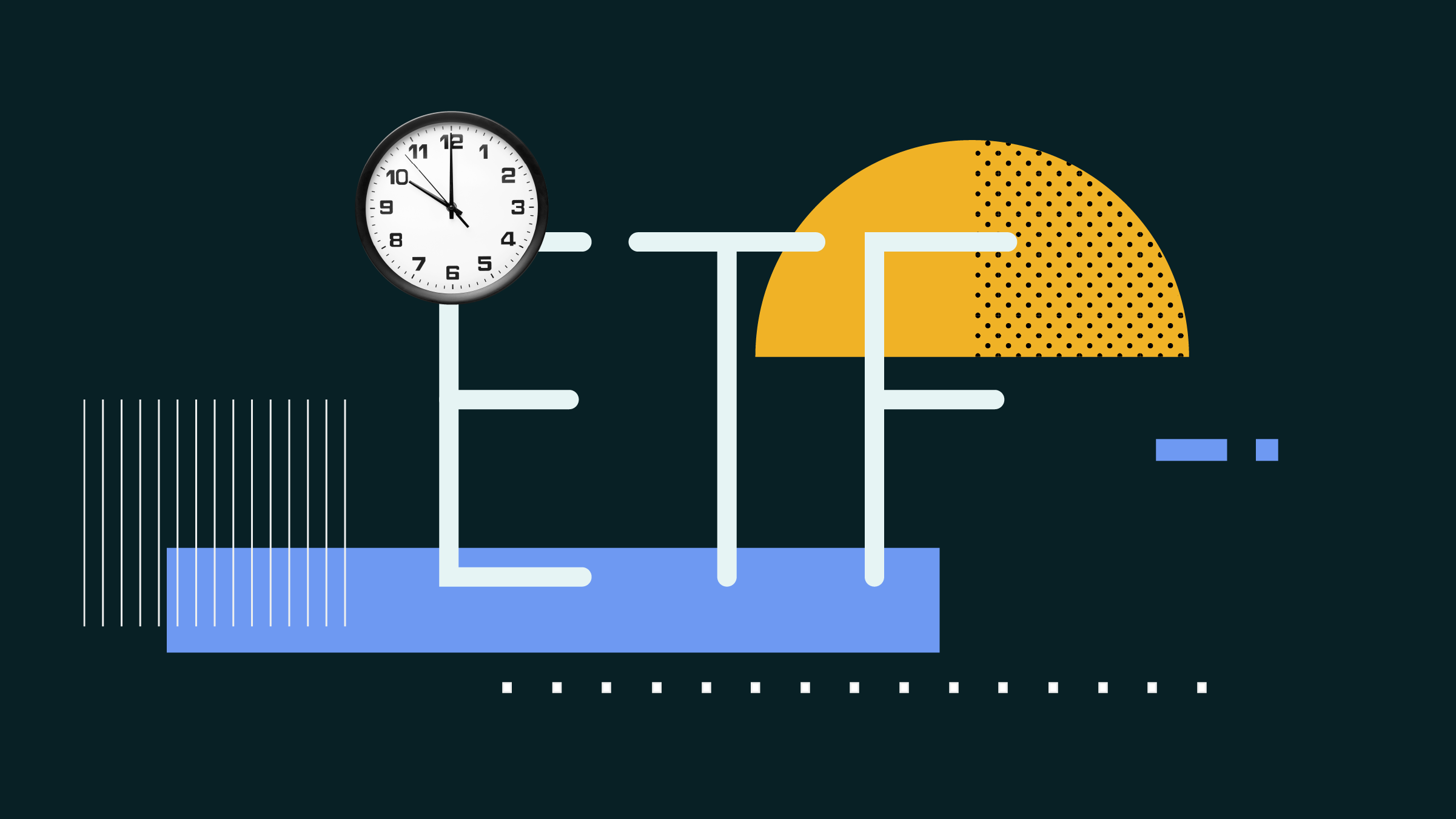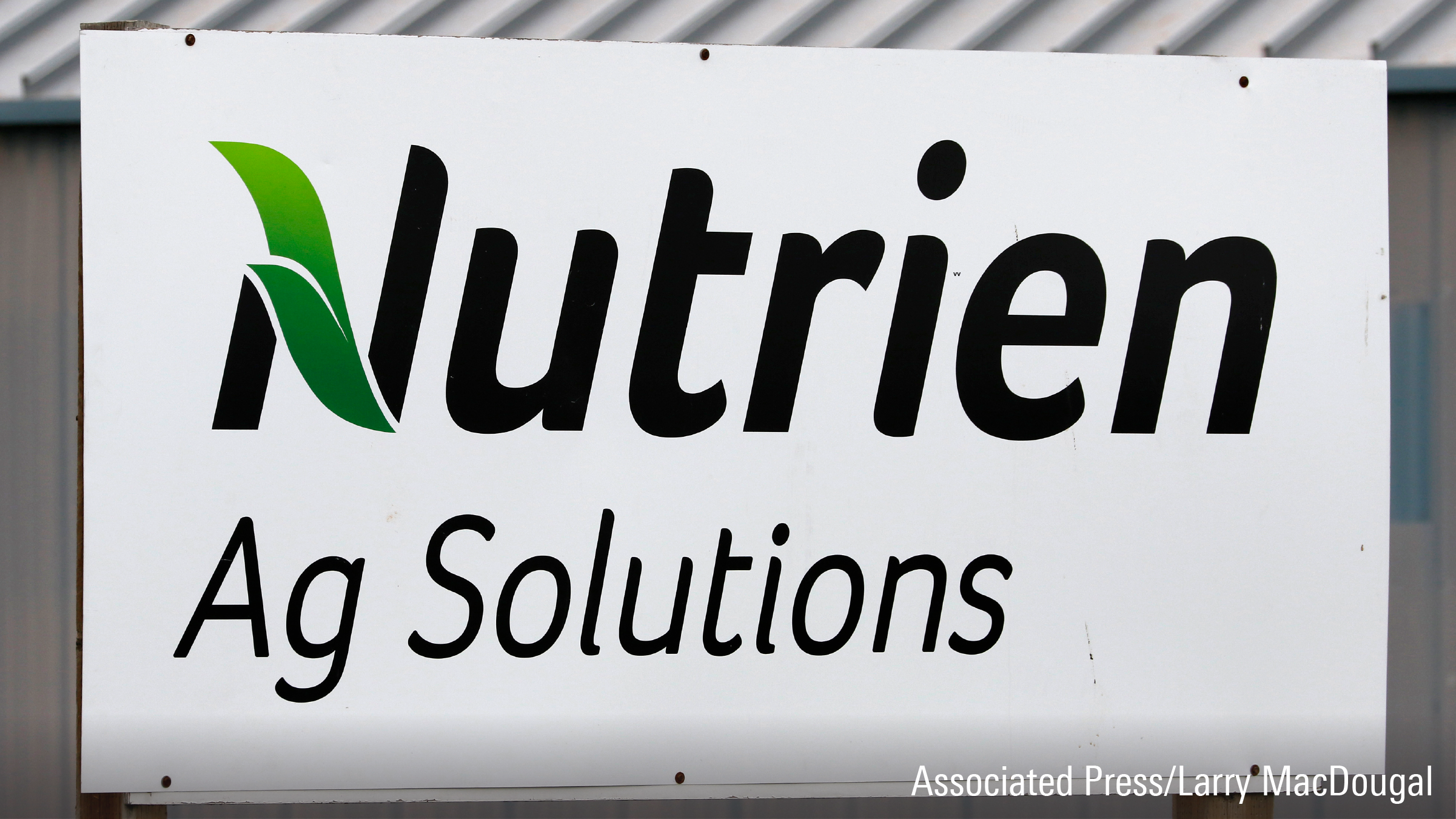A company with a very profitable business is like a castle that is constantly under attack by competitors. Without a strong defense, competitors will soon imitate the company's products, charge lower prices, steal market share and erode profit margins to the point where the business is merely average, at best.
Economic moats -- a term Morningstar borrowed from Warren Buffett -- are what keep competitors at bay. An economic moat is a sustainable competitive advantage that allows a company to earn excess returns on capital for a long period of time. Morningstar analysts assign every company in our coverage universe an economic moat rating: either wide, narrow or none.
Starting with the basics: a lemonade stand
The most important quantitative evidence of an economic moat is a high return on invested capital, or ROIC. Investors -- both shareholders and creditors -- require a certain level of return in exchange for providing a company the funds it needs to run its business. This is called the weighted average cost of capital, or WACC. A company generates excess returns if its ROIC consistently exceeds its WACC.
For example, imagine little Joe wants to open a lemonade stand. He needs $100 upfront to buy a table, a pitcher, lemons, sugar, ice and cups. This is his invested capital. Joe borrows $50 from Mom and promises to pay her 5% interest ($2.50). Dad has a higher risk tolerance, so he buys $50 worth of common stock in Joe's lemonade stand. Dad expects a 10% return (this is called the cost of equity).
The lemonade stand's invested capital is funded with 50% equity and 50% debt. The weighted average cost of capital is exactly what it sounds like, a weighted average of the cost of equity and debt capital. It is calculated as:
0.5 * 5% + 0.5 * 10% = 7.5%
If Joe's lemonade stand were just any ordinary business, we would expect its return on invested capital to match its WACC: 7.5%. But Joe is an exceptional salesman, and when the day is done he has earned a $10 profit, after paying himself a reasonable wage and replenishing his stock of lemons, sugar, ice and cups. The lemonade stand's ROIC is 10% ($10/$100), and Joe has achieved excess returns on capital.
Beware of competitors
At this point, Joe is feeling pretty satisfied, and his dad is ecstatic. After paying Mom's $2.50 in interest, Joe has $7.50 left over to either reinvest in the business or distribute to Dad as a dividend. Dad's return on equity is 15% ($7.50 divided by his $50 investment), well ahead of the 10% cost of equity he was expecting. It's good to be a stockholder.
Unfortunately, Joe's lemonade stand lacks an economic moat. His sister Julie hears about his successful business venture, and decides she wants in. Mom and Dad can hardly show favouritism to one child over the other, so they agree to fund Julie with the same $50 in debt and $50 in equity. Julie sets up shop the next morning right next to Joe.
When Joe and Julie count the day's take, they find that each has earned a profit of $6. ROIC has fallen to 6% ($6/$100), and both Joe and Julie have failed to earn their cost of capital. Mom is still doing OK, collecting $5 of interest on her $100 total investment. But now there is only $7 left for Dad: a 7% return on his $100 investment. Dad had been expecting to earn at least 10%, a sleepless night ensues as he worries that his equity investment wasn't worth the measly 7% return. Joe wishes he could push Julie into a real moat.
Wider, deeper, and more alligators
This example may seem simplistic, but it illustrates the most important aspect of our methodology. We look for companies that can earn excess returns on capital for many years, because the business is protected by a strong competitive advantage (a wide economic moat).
Morningstar has identified five potential sources of an economic moat, which are described below. Every company with an economic moat rating of wide or narrow exhibits at least one of these sources of advantage, and in some cases more than one.
Network Effect. The network effect occurs when the value of a company's service increases for both new and existing users as more people use the service. For example, millions of buyers and sellers on ![]() eBay EBAY give the company an advantage over other online marketplaces. The more sellers there are on eBay, the more likely buyers are to find what they're looking for at a decent price. The more buyers there are, the easier it is to sell things.
eBay EBAY give the company an advantage over other online marketplaces. The more sellers there are on eBay, the more likely buyers are to find what they're looking for at a decent price. The more buyers there are, the easier it is to sell things.
Intangible Assets. Patents, brands, regulatory licenses and other intangible assets can prevent competitors from duplicating a company's products, or allow the company to charge a significant price premium. For example, patents protect the excess returns of pharmaceutical manufacturers such as ![]() Novartis NVS. When patents expire, generic competition can quickly push the prices of drugs down 80% or more.
Novartis NVS. When patents expire, generic competition can quickly push the prices of drugs down 80% or more.
Cost Advantage. Firms with a structural cost advantage can either undercut competitors on price while earning similar margins, or they can charge market-level prices while earning relatively high margins. For example, ![]() Express Scripts ESRX controls such a large percentage of U.S. pharmaceutical spending that it can negotiate favourable terms with suppliers like drug manufacturers and retail pharmacies.
Express Scripts ESRX controls such a large percentage of U.S. pharmaceutical spending that it can negotiate favourable terms with suppliers like drug manufacturers and retail pharmacies.
Switching Costs. When it would be too expensive or troublesome to stop using a company's products, the company often has pricing power. Architects, engineers and designers spend entire careers mastering ![]() Autodesk's ADSK software packages, creating very high switching costs.
Autodesk's ADSK software packages, creating very high switching costs.
Efficient Scale. When a niche market is effectively served by one or a small handful of companies, efficient scale may be present. For example, midstream energy companies such as ![]() Enterprise Products Partners EPD enjoy a natural geographic monopoly. It would be too expensive to build a second set of pipes to serve the same routes; if a competitor tried this, it would cause returns for all participants to fall well below the cost of capital.
Enterprise Products Partners EPD enjoy a natural geographic monopoly. It would be too expensive to build a second set of pipes to serve the same routes; if a competitor tried this, it would cause returns for all participants to fall well below the cost of capital.















